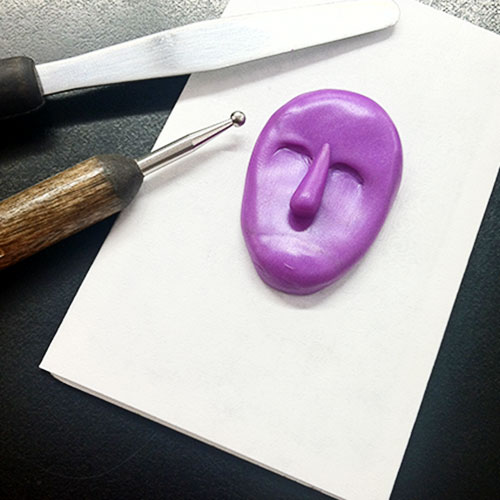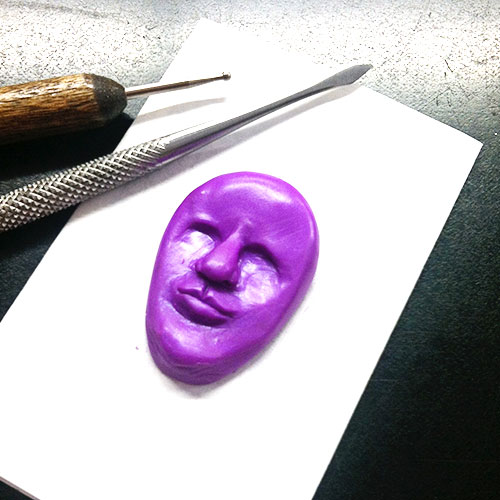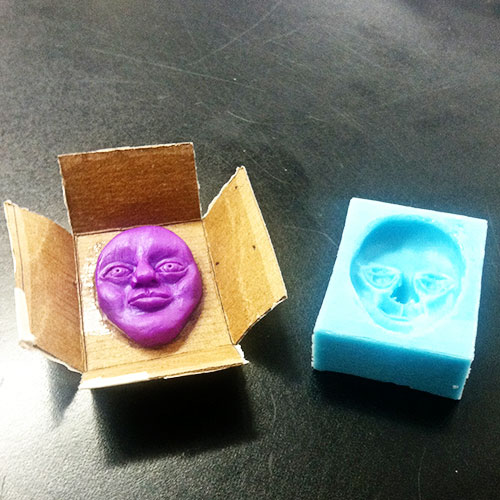Caroline of Blueberri Beads so enjoyed writing for our readers, she's written another article for our wonderful AJE readers. Today she covers mold making. Enjoy!
__________________________________________________________
I've had a busy week this week, all my kids
are in school and I've had some time to make some plans and get organised. I
did expect to be standing here after week 1 with armfuls of creations, but I
seem to have just run around trying to do everything at once... I think I need
a lesson in pacing myself!
So next week is going to be better, I have
a plan of action and am working at things in stages. So I thought I'd share
stage 1 of what I'm working on.
For my first project, I'm going to make a
ceramic moon cabochon and set him in copper. So as I want to it to be
repeatable, I first need to make a mould.
I have discovered a great way of making
really sharp moulds using polymer clay and RTV moulding silicone which I'm
going to share today.
I use Super Sculpey original to make my
masters. Although I like to sculpt in clay, the polymer makes a much better
mould as it's less porous and so far, has worked every time! Unless ceramic
clay is glazed, the liquid silicon will stick to it and destroy the mould when
you come to take out the master.
Here are the moon faces ready to make in to
moulds.
The moulding compound I use is the same as
the 2 part putty, but comes in liquid form. I didn't really get on with the 2
part putty and found it difficult to use around anything that wasn't flat. The
liquid type is much more cost effective, so you can make a decent size mould
that should last for a long time.
To hold the master and the moulding
compound, you will need to make a container, I've found thick cardboard works
really well. Make it into high sided boxes.
Roll a sausage of Blu-tak and stick it
around the bottom edge of your master and stick it in the box. The blu-tak will
stop the silicon from seeping underneath and keep your master from moving
about.
Weigh and mix the 2 parts of the moulding
compound in a cup taking care not to add too many bubbles. The type I'm using
is condensation cure and has a working time of about 15 minutes so don't hang
about too much! When the mixture is an even colour it's ready to pour.
Pour it into the mould in a slow stream,
this helps to remove any bubbles that are there from the mixing.
When the mould is dry (I leave mine
overnight) peel off the box and remove the master. You might need to trim it a
bit with a scalpel blade to make sure your clay comes out easily, and that's
it! To use with clay, I brush a bit of oil in to help it release.
Here's the clay when it's just come out of
the mould,
And here they are after being trimmed and
cleaned up, drying out ready for firing.
And after promising to be patient, I was in
a rush and put these in to fire on Sunday and put the wrong program in,
completely missing the slow ramp section of the firing. I opened to kiln a few
hours later to lots of little exploded moons... Good job I have moulds!
-Caroline



















































